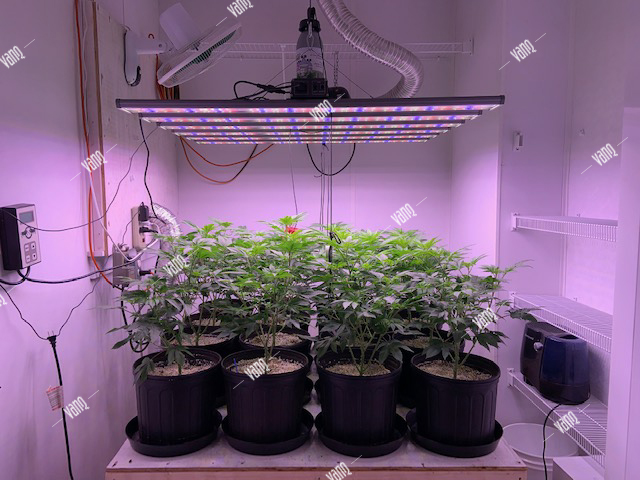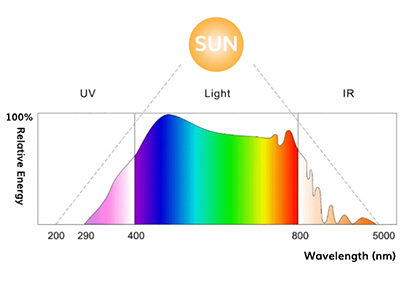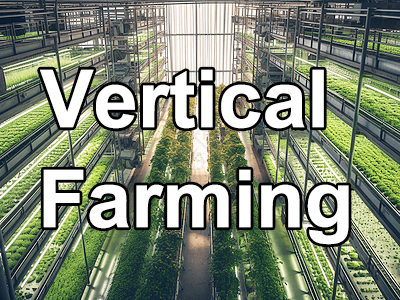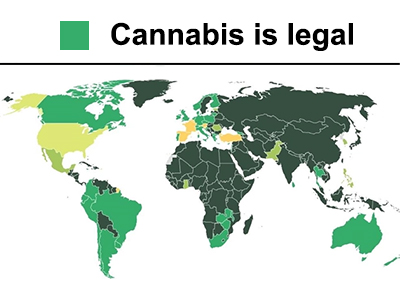With Rapid advancement in the LED Technology, more and more Cannabis growers are switching to Indoor cannabis growing. LED lights offer numerous benefits over other indoor lighting options such as HID lights. LED lights come with a longer life span and consume way less energy, making the farming process quite affordable even for the beginners.
Let's take a look at different types of cannabis growing lights and the advantages of LED lights.

Types of cannabis growing lights
There are three different types of Cannabis growing lights called:
HID or High Intensity Discharge lights
CFL or Compact Fluorescent lights
LED or Light Emitting Diode lights
Even though hid lights offer the right number of lumens to grow Cannabis but they are quite expensive and may not be a suitable option for beginners. CFL lights are a great alternative of HID lights but they do not work properly for the flowering phase.
This is where LED light comes to the rescue as they are affordable and equally effective for the vegetative and flowering phase.
Benefits of using LED lights
LED light offer numerous benefits and some of them are the following.
Affordability
As compared to the expensive HID setup, LED lights are quite affordable. It is particularly helpful for small scale farmers who are looking for growing a small number of cannabis plants. With no more than $200, you can easily install the set of the LED lights.
Energy Saving
LED lights are the most environment friendly option as they save you a lot on your energy bill. HID may be very good at their job but they cost a fortune when it comes to the electricity bills. Extraordinary bill can also draw the attention of the landlords or even police which may lead to inconvenience even if Marijuana is legal in your area.
Durability
LED lights are way long lasting that CFL or HID lights. Other types of lights may only work for 20 thousand hours whereas LED lights have a 5 times more life and may work for up to 100 thousand hours. It is a one-time investment and lasts longer.
Reduced water usage
HID lights produce more heat as it uses a large amount of energy. The heat increases the temperature of the room and the plants require more water than usual. Since cannabis already requires a large quantity of water, using HID lights can add to the consumption. LED lights do not generate enough heat which may add to the water consumption.























